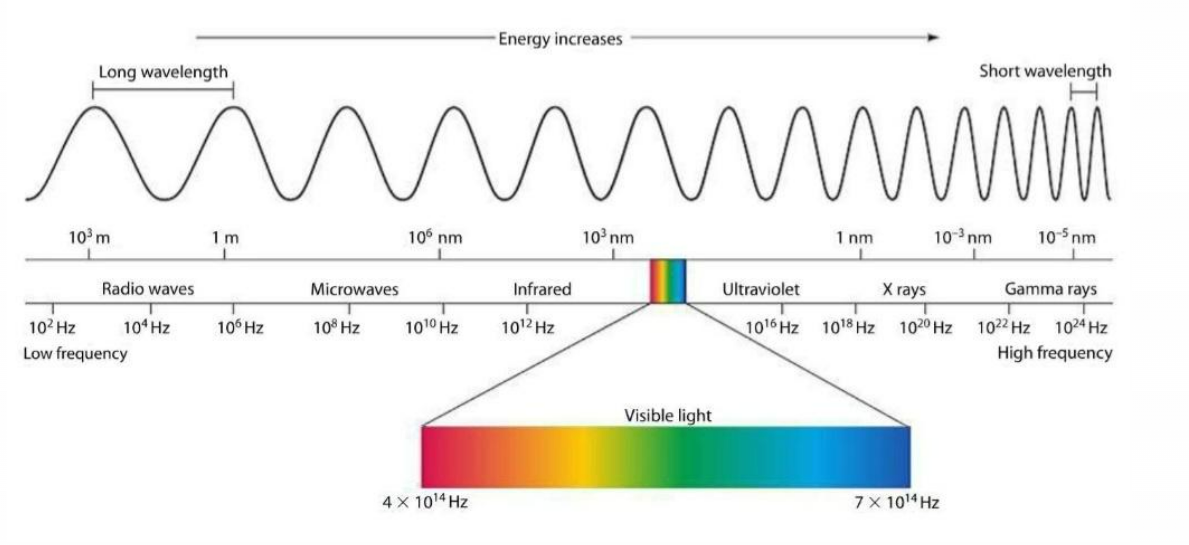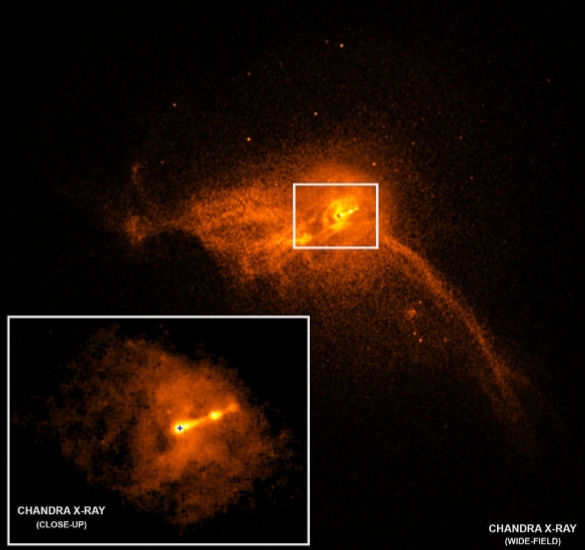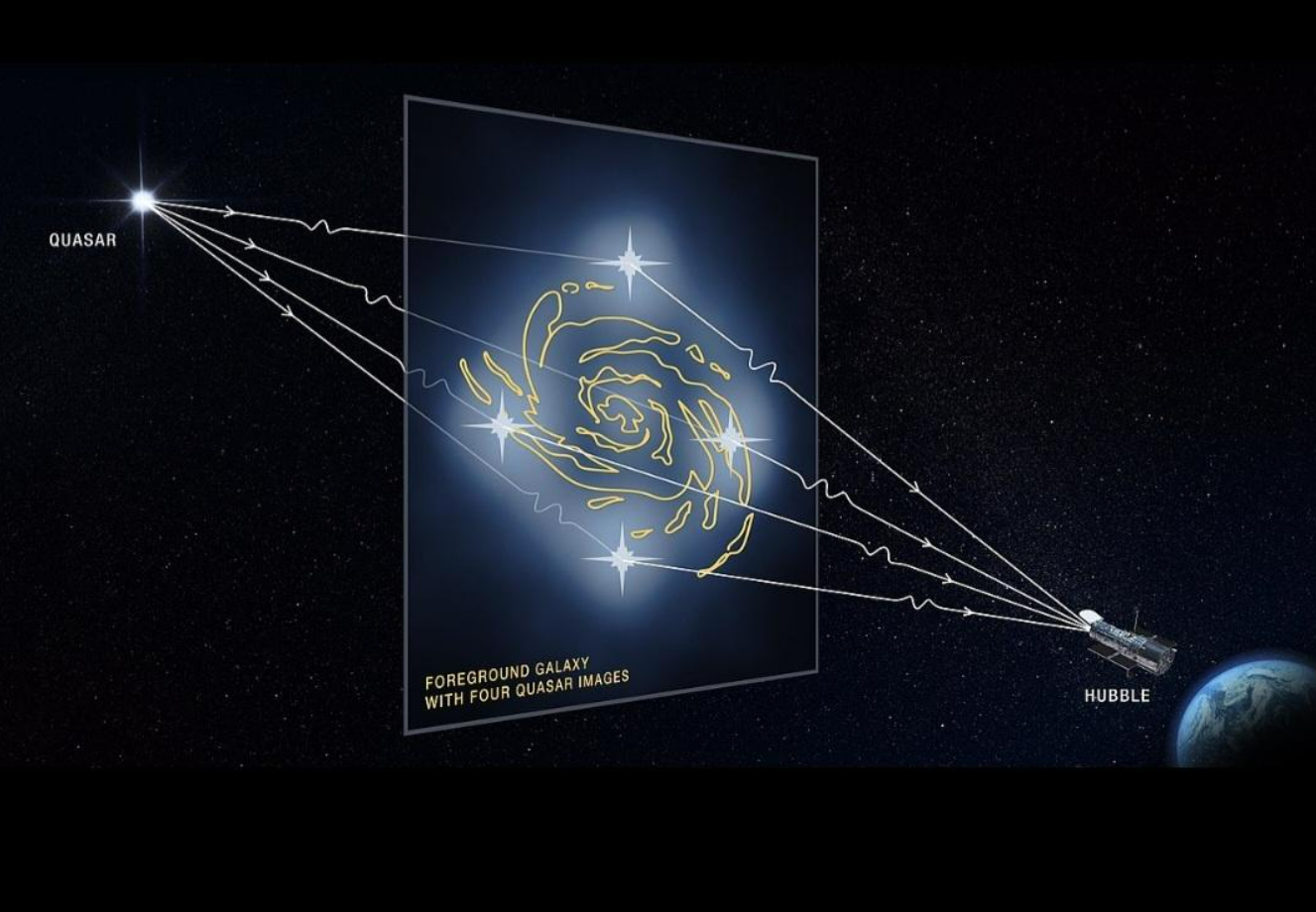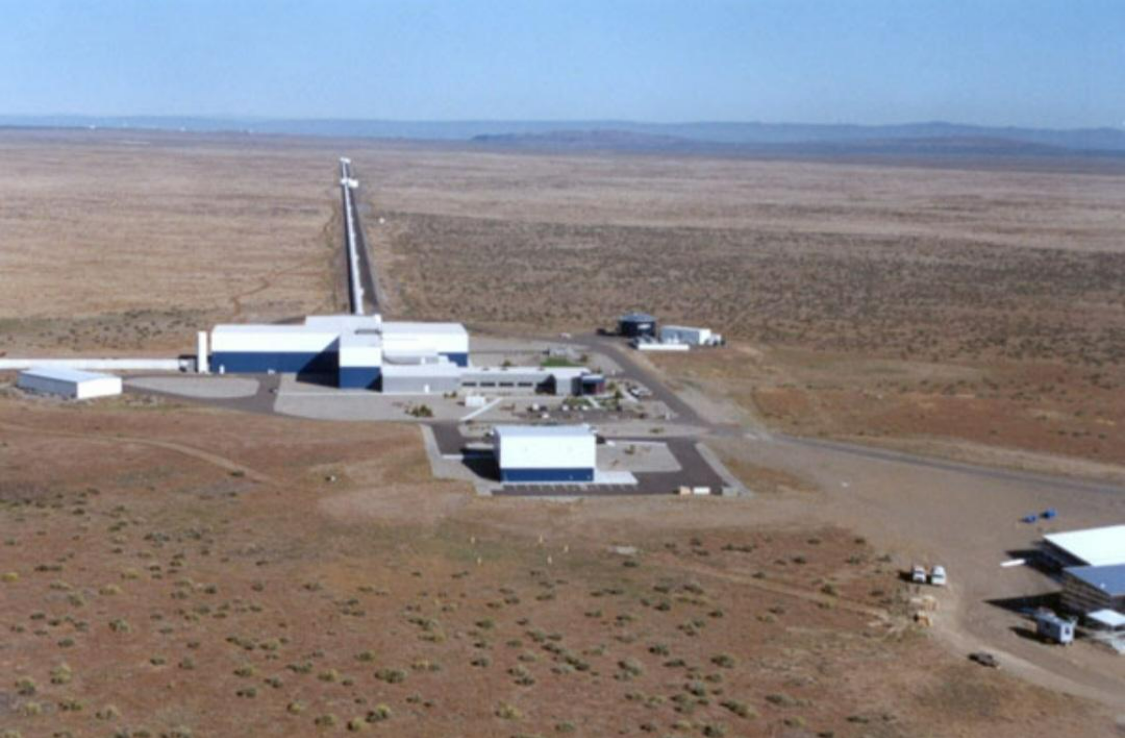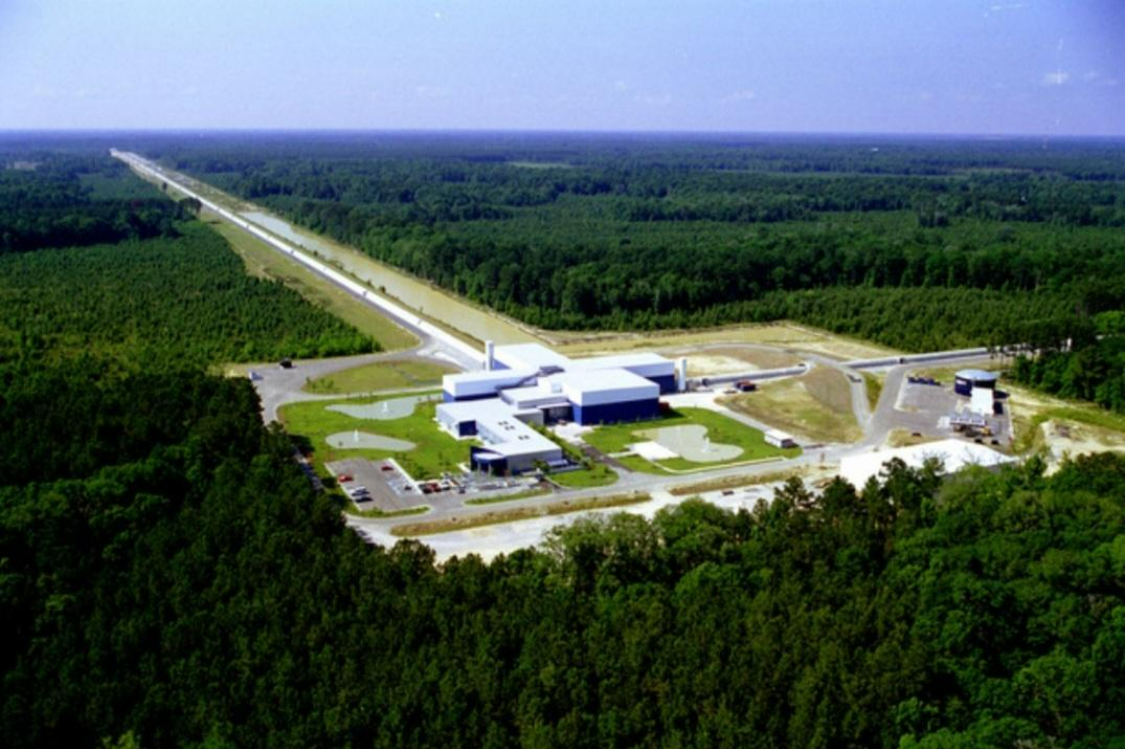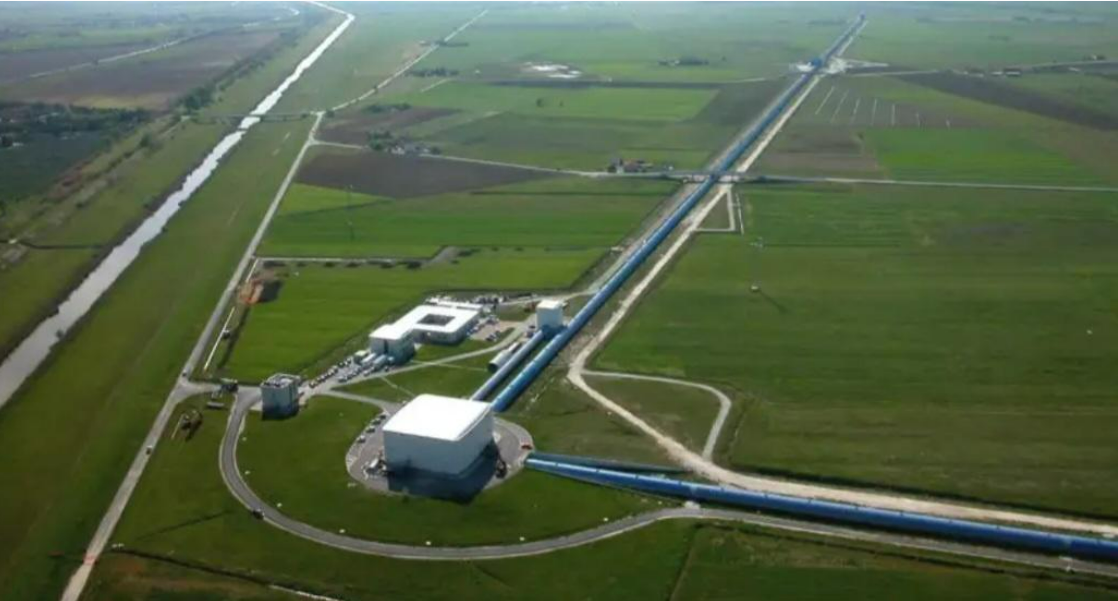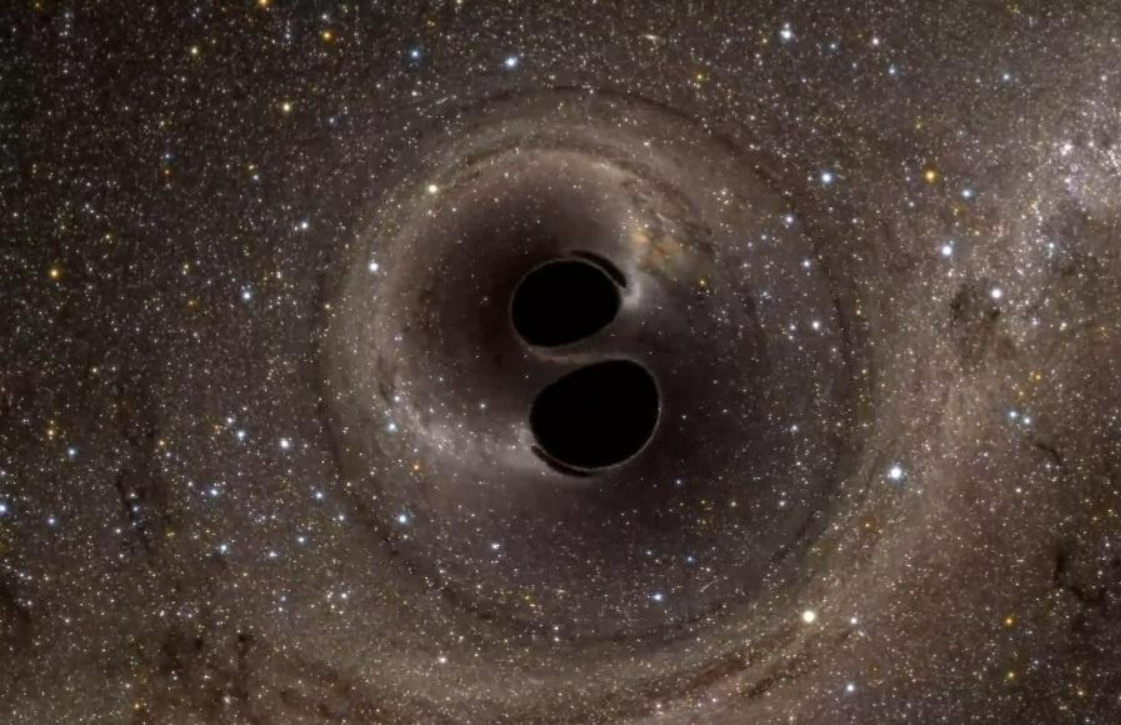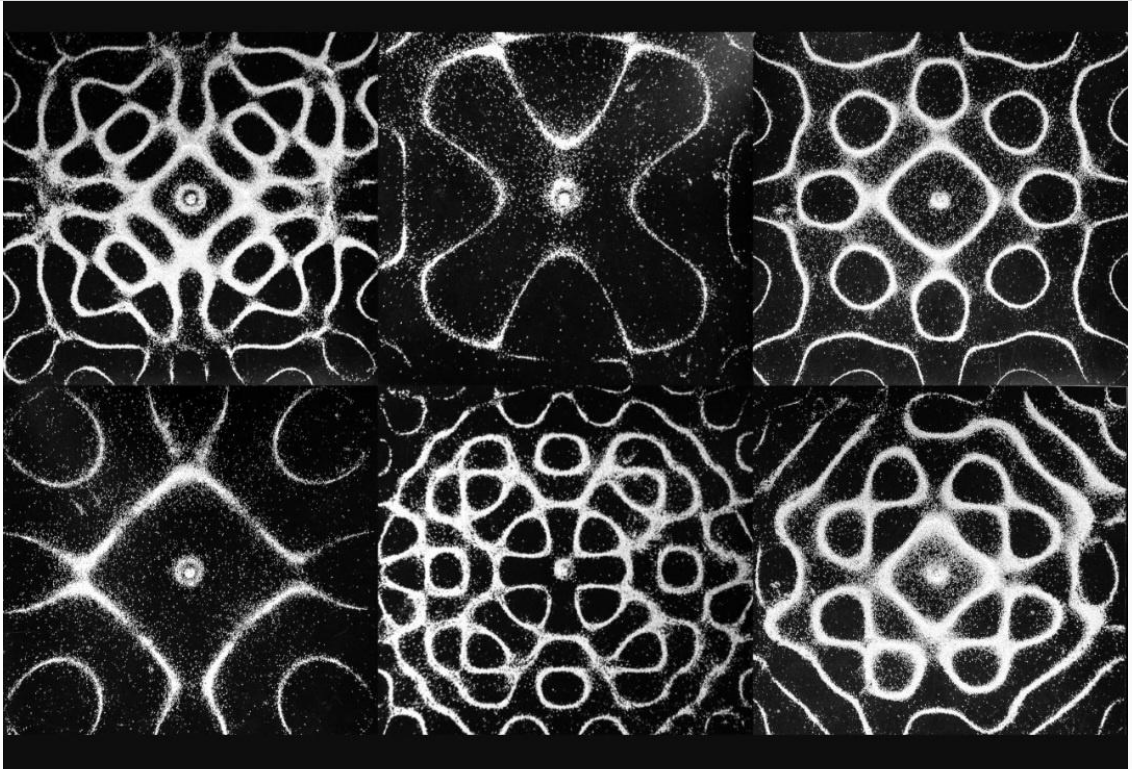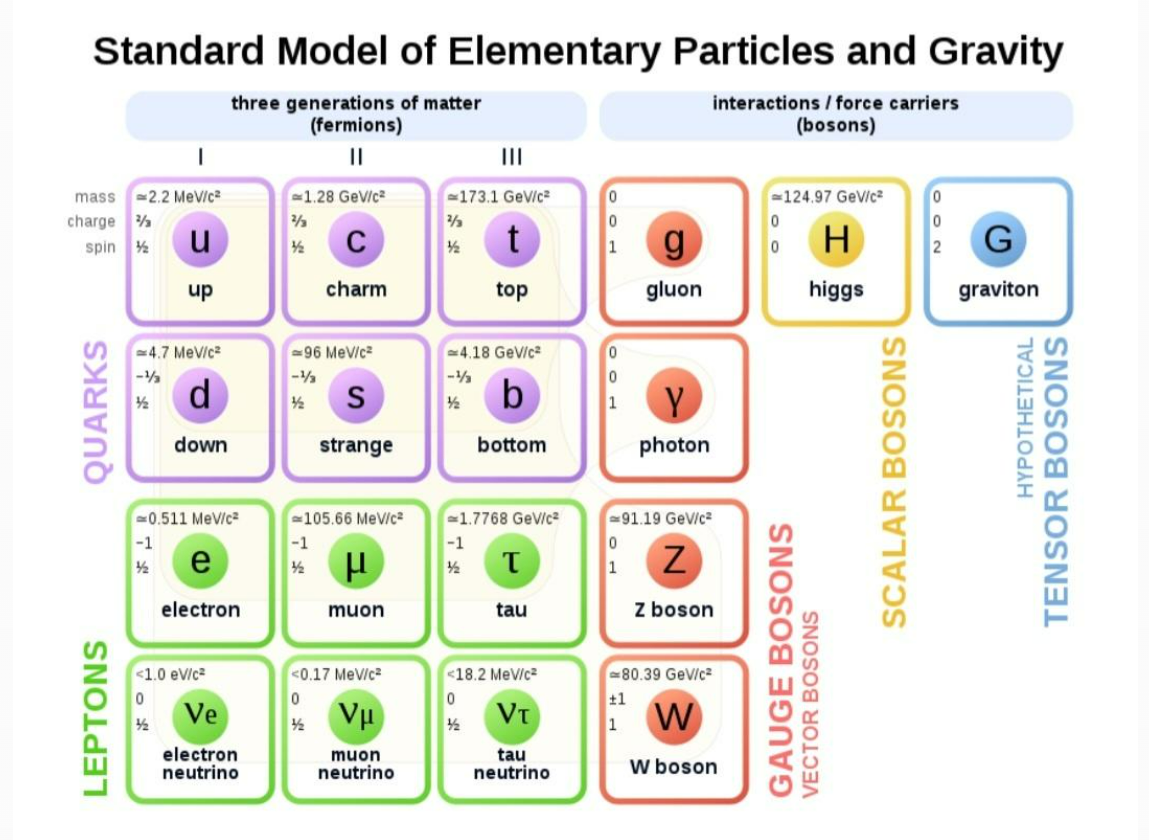For a great many decades mankind has considered the speed of sound as an insurmountable barrier. Hence it's once disconcerting name "The Sound Barrier".
Yet even long ago, there were hints of things faster than the speed of sound. Such as the crack of a whip, the bang of a bullet and even some sounds produced by animals. All of which are clearly happening faster than the speed of sound. (Remember that Mother Nature goes merrily along, doing her thing, it's up to us humans to figure out what's going on)!
Additionally the "Barrier", in the name "The Sound Barrier" genuinely gave early Aviators serious cause for concern as well as safety, because it was so poorly understood.
Today we are all too familiar with the fact that the speed of sound is merely nothing more than a Phase Transition[1] between two states of velocity, with a bit of interesting phenomena happening in, and around the Transition point. It is a simple fact of nature, that is now commonplace in our daily lives.
A rare picture of an F-18 Hornet displaying localized condensation near the speed of sound. Courtesy Wikipedia
A thorough understanding of the speed of sound also yields a wealth of powerful tools. Most importantly being the Doppler Effect which gives us a great deal of important information, such as Relative Direction and Velocity. We've all experienced the Doppler effect in our daily lives, such as the change in pitch of a siren or a horn, as it approaches and passes by.
It is important to note that this information is relative only with respect, to the observer. It works as "Line of Sight" type information with very little left or right lateral data.
Doppler's wonderful Tool has powerful implications that reach far beyond that of just sound. One perfect example being the speed of light!
Sir Edwin Hubble showed us that light behaves in exactly the same way as sound. The Spectra, the optical chemical fingerprint of the Elements, becomes redshifted or blueshifted depending upon whether they are approaching or receding. Additionally the amount of redshift or blueshift gives us Relative Velocity. Once again this is much the same as the Doppler effect is with sound.
There are indeed many striking similarities between the speed of sound and the speed of light. Just as the speed of sound was once considered an insurmountable barrier, based upon the lack of knowledge and misinformation, exactly the same can be said for the speed of light.
The belief that the speed of light is a barrier is largely based upon Einstein's formulas showing that infinite Energy would be needed and infinite Mass would therefore occur. These formulas are exquisitely accurate and consistently proven correct. However, very close to the speed of light they become classically paradoxical.
Zeno's Paradox is a wonderful illustration of just such a paradox. An example being, if an item is held above the floor, and then dropped. Whatever the distance between the object and the floor, that number can be divided in half. Mathematically the object can never reach the floor. Yet we all know it most certainly will. The formula itself is exquisitely accurate until things become extreme. These particular formulas of Einstein, work in precisely the same way.
The speed of light is not an insurmountable barrier but rather merrily a transition point between two velocities.
Referring back to the speed of sound, another important facet that is extremely important to recognize as well is, communication between objects past the transition point becomes lost. Audible communication without mechanical intervention becomes impossible.
Passengers traveling faster than the speed of sound, on a supersonic aircraft, are not able to hear the Sonic Boom their aircraft is making. They are also not able to talk to, or hear anybody on the ground. However they are able to communicate with each other within the aircraft because of the air around them, that is also traveling with them.
Identically, velocities faster than the speed of light also produce the same results. Traditional communication is lost. It's also important to note that in both the case of the speed of sound, and the speed of light, the transition is also not instant. There is a small Gray[2] Transitional area in between. Velocities just before, during and just afterwards pose some very interesting phenomena.
With respect to the speed of light, from the stationary observers point of view, several key features can be seen.
1.) First is the classic Lorentz Transformation. This is a well-known, Scientifically and Visually demonstrated phenomena of relativistic flattening. While the object itself doesn't truly flatten, from the observers point of view, the flattening can be clearly seen.
2.) Simultaneously Apparent Mass(3) is diminishing. That is to say the ability of Mass to interact or perform work with stationary objects becomes less. This manifests itself as the increasing ability of an object to pass through a stationary object.
Diminishing apparent Mass can also be recognized when looking at the difference between infrared photons and gamma ray photons. Infrared photons have less energy but greater apparent mass, and are capable of easily interacting with matter, yet gamma ray photons barely interact and often pass right through matter.
3.) Additionally, as velocity increases, so does C+ Transparency(4). C+ Transparency is the diminishing ability to physically observe the object as well as the overall interactions between the Observer and the object. Once again exactly like the loss of sound when going Supersonic with respect to an Observer.
4.) The electromagnetic spectrum can also be viewed as a velocity chart so to speak. It is well accepted that energy and velocity have a distinct relationship.This is clearly seen in the relationship between the Lorenz Transformation Flattening and the Compression among Wavelengths of light. It is equally important to recognize that in both examples a point of inevitability can be clearly seen where a phase transition will definitely occur.
The point of inevitability when reaching the speed of light, can easily be seen when the Lorenz transformation becomes so complete that the object disappears from view.
Exactly the same can be said for the compression of wavelengths of light approaching the speed of light, the point of transition can be clearly seen when the wavelengths completely compress and will disappear.
5.) Lastly, as velocity increases so does the dilatation of time between the Observer and the Object. This is extremely important to recognize as an integral part of the Phase Transition. As velocity continues to increase so will the preceived slowing of time, until inevitably from the observer's point of view, time will stop for the moving object. Once again, it is analogous to the loss of sound when transitioning to supersonic.
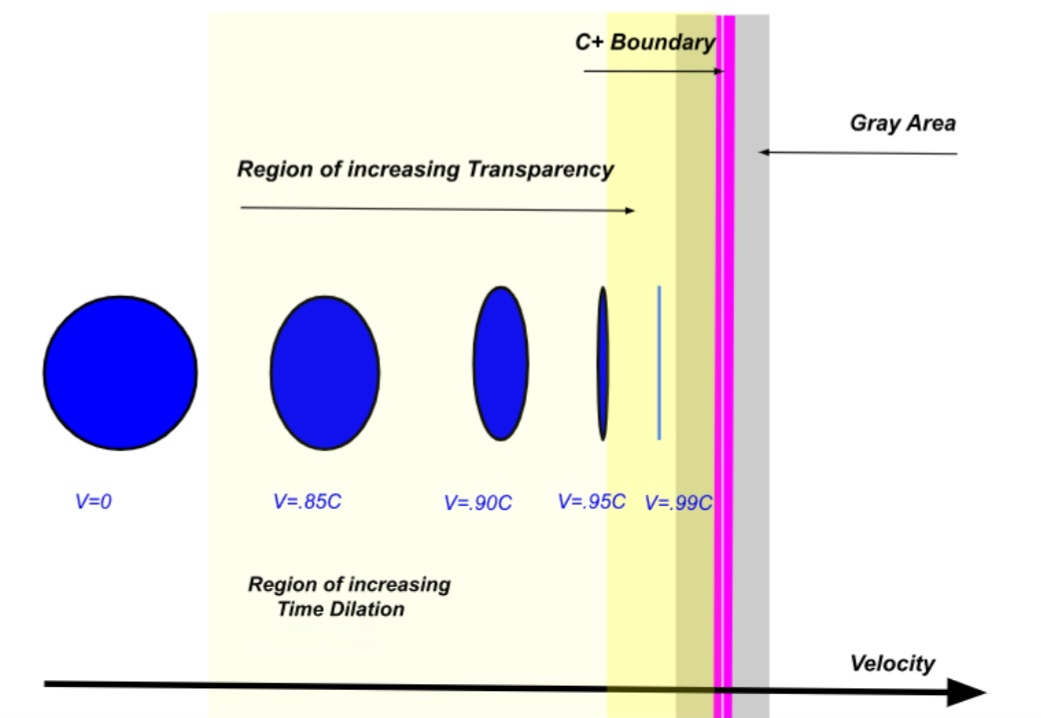
< >
With a thorough understanding of how C+ works we can now apply it to one of the most resounding confirmations.
It is remarkably seen in the recent photographic evidence of Black Holes by the Event Horizon Telescope Collaboration and NASA in April 2017. These stunning images are the supermassive Black Hole at the center of the galaxy M87.
Chandra X-ray Observitory close-up of the Core of M-87 Galaxy. Courtesy of NASA/CXC/Villanova University/J.Neilsen
Courtesy of NASA & the Event Horizon Telescope Collaboration.
Here the Accretion Disk can be clearly seen against the background of the Black Hole. Here also, is compelling evidence of material being accelerated to Relativistic Velocities.
Actual close-up image of M87
Of the greatest interest, is the region of the disk nearest to the edge of the Black Hole. It is this very region that material is being accelerated to the speed of light, and beyond. Close examination shows a definite blackness beginning. This blackness is clearly the result of the material leaving our view as the stationary Observer, this is because it is now traveling faster than the speed of light.
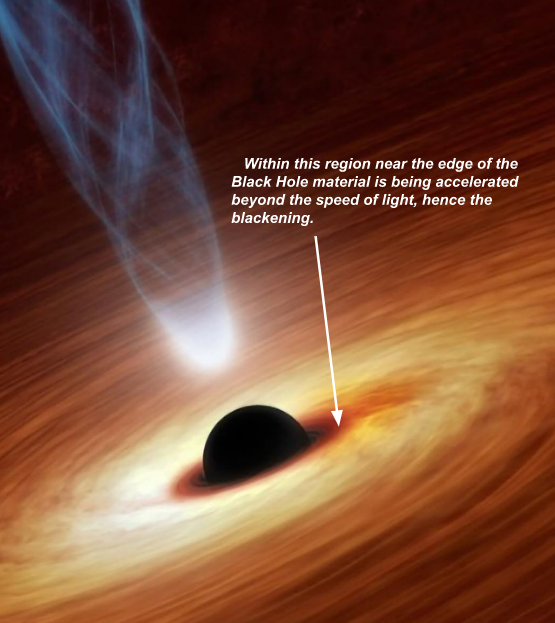
Original Illustration courtesy of NASA/JPL - Caltech
We additionally know that material is being pulled directly into the Black Hole, yet it also cannot actually be observed. Once again this is simply because it has Phase Transitioned beyond the stationary Observer's view. Exactly like the sound when going Supersonic.
These Phased Transitioned areas of blackness also give rise to an additional possibility for the very reason of the blackness of the Black Hole itself. Rotational velocities of the entire Black Hole itself are indeed great enough that all material has transitioned beyond our frame of reference. Hence, it's blackness. This, in combination with the immense gravity that prevents visible photons from escaping, truly makes Black Holes one of the darkest objects in the Universe.
Another interesting feature of Black Holes are the Relativistic Jets emanating from the Poles. Whether the Black Hole is the remnant of just a single deceased Star, or the incredibly immense Center of a Galaxy. These Jets spew astonishing volumes of material into the universe via the interstellar medium, including an enormous amount of matter traveling faster than the speed of light. This makes them incredibly important contributors to the amount of Relativistic material that fills our universe, which also must include dark matter.
It's important to note that Black Holes are not the only contributors to relativistic matter that fills our universe. There are other sources such as Neutron Stars, Quasars and Pulsars to name a few. However given the sheer size of a Galactic Center, it certainly makes them a formidable contributor.
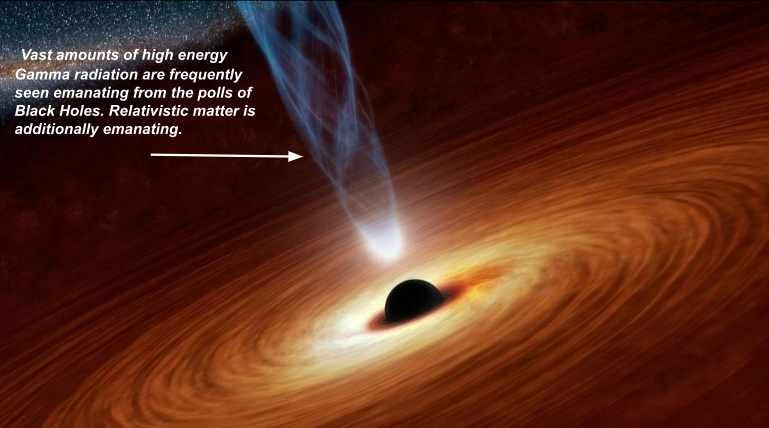
Original Illustration courtesy of NASA/JPL - Caltech
As far back as 1884 when Lord Kelvin first discussed the existence of dark matter in the Milky Way Galaxy, a great, and very fevered debate began between Cosmologists and Physicists.
Research continues to this very day, that clearly shows there is much more matter in the universe than can be seen. This is especially evident with respect to the expansion of the universe and the interactions between Galaxies. It is currently believed that between 85% - 90% of the universe is composed of dark matter.
One of the strongest proofs of dark matter today is Gravitational Lensing. As predicted by Einstein, Gravitational Fields can easily bend light. This frequently manifests itself as multiple images of the same object behind a large Gravitational Field. Sometimes the foreground object can be seen, but in many instances it is not visible. Thus giving clear evidence to the existence of dark matter.
Illustration of gravitational lensing Courtesy NASA
As we now know, material traveling at velocities faster than the speed of light are no longer visible from the stationary Observers point of view. Therefore a great deal of dark matter in the universe is simply Phase Transitioned.
It is also equally important to note that not all dark matter, is matter traveling faster than the speed of light. There is a great deal of matter that is cold and dark enough that it is difficult to detect. Some examples being Black Dwarfs, Stars that have long since died, and dark Interstellar Dust that is also difficult to detect. Additionally, any discussion of Dark Matter must also include Dark Antimatter.
Once again, it is important to recognize that between the enormous amount of Galaxies and their absolute sheer size, a great amount of dark matter is being emanated from the massive black holes at the center of Galaxies.
"There is an entire Universe of Matter moving Faster than the Speed of Light"!
< >
Any discussion of the speed of light must also include Gravitons. This is especially true with the recent coinciding confirmations of Gravitational Waves at the Ligo and Virgo Gravitational Wave Observatories. These confirmations have given birth to an absolute wealth of new scientific information as well as a new branch of science, Gravitational Wave Astronomy.
Ligo Observatory Hanford, Washington State
Ligo 2nd Observatory, Livingston Louisiana
Virgo Observatory, Pisa Italy
The first observations were done using Laser Interferometry in September 2015 and occurred when a Black Hole and a Neutron Star merged. The merger was estimated to be approximately 1.3 billion light years from Earth.
Computer simulation of two massive objects merging, courtesy Wikipedia
Since this discovery, a great many more collisions have been observed. Unquestionably Gravitational Waves permeate the entire Universe. However, presently we are only able to observe large cataclysmic events such as the merger of Black Holes, Neutron Stars and Supernovae. Our detection capabilities are still in their infancy.
Additionally Gravitational Waves also exhibit wavelength just like photons. Interestingly, the wavelength for Gravitational Waves are very long and often measured in light years. The existence of Gravitational Waves also firmly implies the existence of Gravitons, thus making them a fundamental particles just like photons.
With respect to the speed of light, our new knowledge of Gravitational Waves gives further insight to the world of relativistic velocities. This can be easily seen in the first observations by Ligo and Virgo.
The detectors first registered the arrival of only Gravitational Waves. Then approximately 1.7 seconds later, a high-energy gamma ray burst was received. Followed afterwards by x-ray, ultraviolet and eventually infrared photons. The most energetic photons arriving first followed by slower photons afterwards.
These observations and the subsequent delay in the arrival of photons speaks absolute volumes about the speed of light. It produces a clear understanding of the relative velocities. It also is a very clear indicator of the existence of the small Gray Area in, and around the speed of light. It provides powerful evidence that Gravitons do indeed travel a bit faster than the speed of light!
We have long since known "C" as the speed of light, it is now necessary to recognize "G" as the speed of Gravitons.
We know that photons, can travel immense distances across the Universe. The new James Webb Telescope allows us to see light from the early days of the Universe, which is incredibly distant in both time and space. Gravitons travel slightly faster and of course must be more energetic, which further confirms their astounding ability to travel almost unimaginable distances.
By applying our new understanding of velocities faster than the speed of light, it now becomes easy to recognize a vast myriad of applications for further research.
Of great importance is Quantum Entanglement. Einstein once called it "Spooky Action at a Distance". This phenomenon has been known about for a great many years and in recent times even put to use in Quantum Computers. Yet the actual mechanism of entanglement is poorly understood. Einstein himself believed that there is some form of communication between particles. It's also important to note that Entanglement is also not limited to just two particles it can include more.
These particles are exact images of each other and the act of observing one directly and instantaneously affects the other. This gives rise to the very distinct possibility of being a faster than the speed of light Reflection.
As we know, matter with relativistic velocities have a wave-particle duality. Much like photons and electrons for example. It is possible that at certain distinct resonant frequencies Reflections can occur. This is easily demonstrated with sound waves. A good example being sand placed on a plate vibrated by sound creating fractal patterns. This was demonstrated by Ernst Chladni in 1787.
Resonant frequency pattern examples.
A reflection at velocities faster than the speed of light not only explains two paired particles, but additional pairing as well. Further research may indeed show a correlation and a mechanism for a great many enhanced applications.
< >
Given our new knowledge of Apparent Mass and the speed of light, it now also becomes necessary to reevaluate our current thinking on many fundamental particles. In particular, the much more than just coincidental, similarities between Electrons, Muons and Tau Particles.
Each of these particles share nearly identical properties with the exception of mass, and of course therefore different lifetimes as a consequence of larger Apparent Mass. Remember that larger apparent Mass means the ability to do more work, or more properly stated, interact more readily. Much like the difference between infrared radiation and gamma radiation.
Courtesy Wikipedia
In fact, extrapolating even a bit further, it is quite conceivable that all Leptons might indeed be iterations of just one simple particle. This also has to include Neutrinos which by virtue of their velocity and consequent Apparent Mass interact precisely as C+ predicts. Once again further research and experimentation will unquestionably prove immensely beneficial.
< >
Erwin Schrodinger taught us for example, that electrons don't exist in just one place around an atom, but rather in a cloud. This Cloud is a direct result of the typical wavelike behavior of a particle very close to the speed of light.
This is indeed one of the key features of Quantum Mechanics. The principle of C+ also teaches us that time, with respect to the stationary observer stops at the transition point.
The wavelike feature of highly accelerated particles like an electron, causes them exhibit the properties of frequency because of the disappearance and reappearance at the boundary transition point. Bouncing between slightly less than the speed of light, and slightly greater than the speed of light.
Because of the dance between the two frames of reference, the frequency so to speak , time becomes a contributing factor to the difficulty in pinpointing a particle. Part of the time it's within the observer's frame of reference and part of the time it has crossed the boundary of C+, where time from the observer's point of view time has stopped momentarily. This is exactly why, as Heisenberg predicted, it's difficult to know exactly the precise position of the electron. By taking the frequency, as well as the losses of time between Frequency Peaks into account Quantum Mechanics can now become far more precise.
< >
Matter and therefore time and gravity, do exist at velocities in excess of the speed of light. As the velocity approaches C, matter’s interactions begin to take on new characteristics. This is of course with respect to the observer’s frame of reference. These changes include Lorentz Contraction, change in Apparent Mass, Time Dilation and increasing C+ Transparency.
As matter continues to be accelerated, its ability to interact additionally becomes diminished. Very near the transition point it becomes very difficult to detect, yet it still has the ability to interact, albeit a diminishing ability.
Once matter reaches C+ its frame of reference, simply moves sufficiently far enough from the observers frame of reference, that it is no longer possible for conventional observations and communication. Absolutely nothing is preventing this phase transition because, absolutely nothing about the matter itself has actually changed. Exactly like Doppler’s experiments, the sound itself doesn't change, only its interaction with the stationary Observers frame of reference.
The speed of light is not an insurmountable barrier, but rather simply a phase transition between two frames of reference that have moved sufficiently far enough apart.
With a thorough understanding of the principle of C+ we now are faced with answering some of nature’s truly most interesting riddles. These include accurately calculating the amount of Dark Matter that exists in the Universe, Quantum Entanglement, and the Heisenberg Quantum Mechanical Equations. Additionally, perhaps the most important, as well as the most genuinely profound implication of all, is the possibility of the answer to Gravity’s Riddle.
Countless volumes have been written describing Gravity in vast and seemingly endless detail. Yet, the actual simple mechanism has yet to be revealed. Could it merely exist within the realm of C+?
Could it be, that this most simplest and all pervasive of entities, has its roots practically in front of our eyes, merely in just another reference frame? One so tantalizingly close that we can simply reach out and have it pass unassumingly through our hand...
C+ is indeed a very powerful tool for understanding the workings of both the Subatomic Quantum World, as well as the immense Grand Scale of the Universe.
Many amazing new challenges now await us, what new applications will be next!
< ~ >
Glossary of Terms
[1] Phase Transition: A transition between frames of reference. It is the physical process of a transition between one state of a medium and another state. [back]
[2] Gray Area: A region of velocity starting slightly before, and ending slightly after the speed of light. Similar to the transitional zone when going supersonic. [back]
[3] Apparent Mass: The ability of matter to perform work. The ability of infrared radiation to heat versus X-rays passing through mater, being a good example. [back]
[4] C+ Transparency: Actual optical properties of mater as it transitions beyond the speed of light. [back]
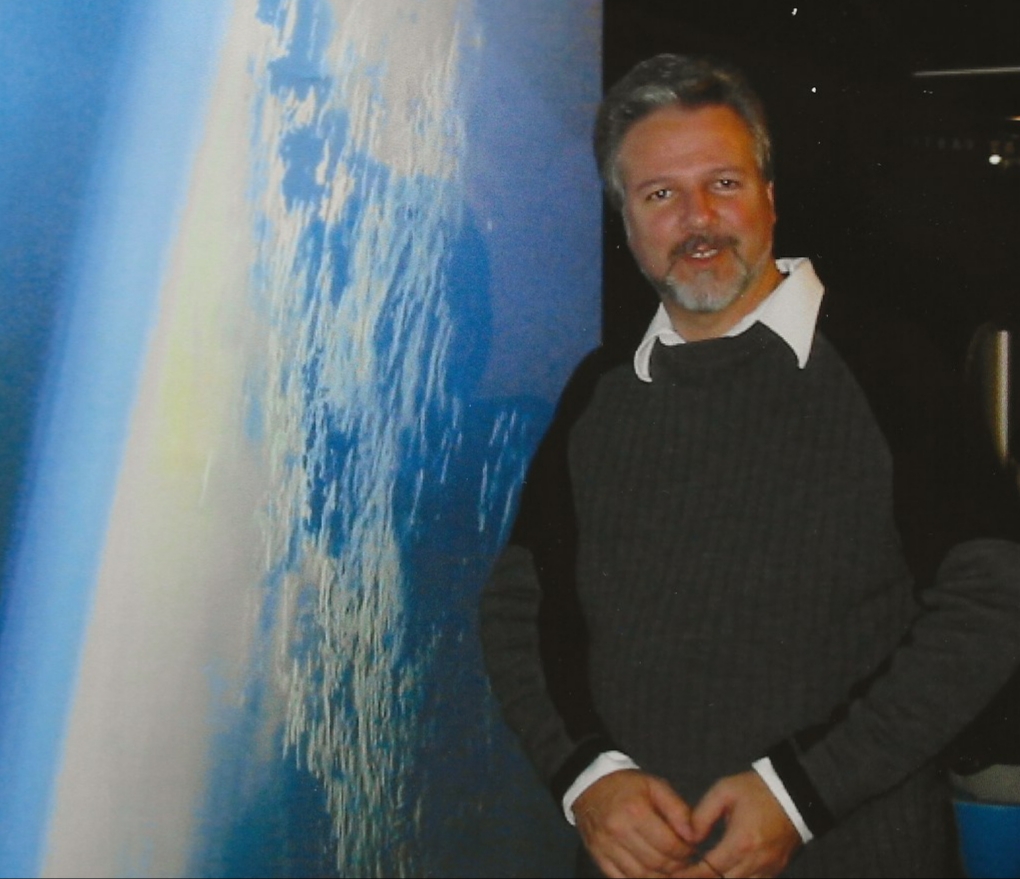 From the Author
From the Author



